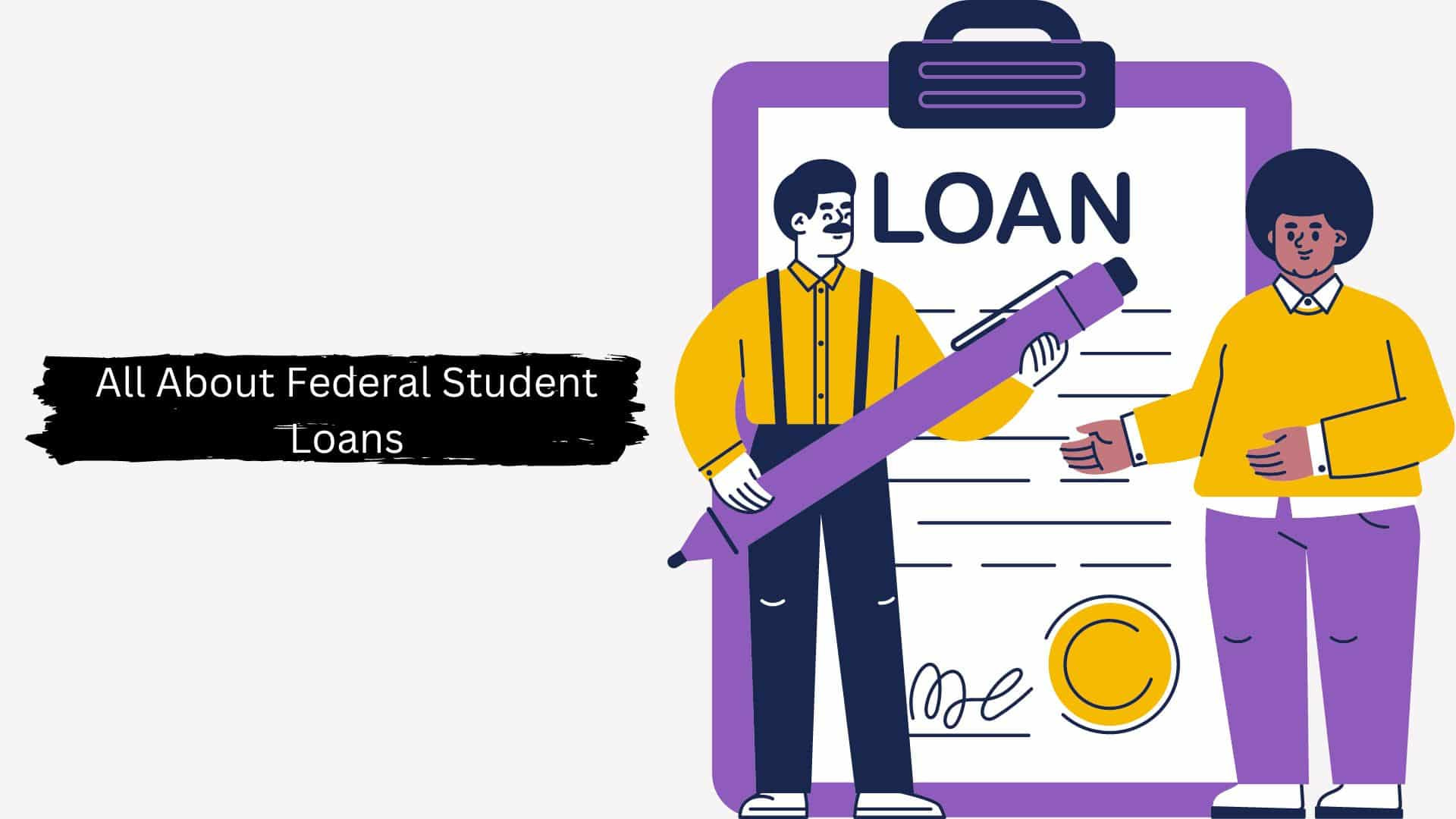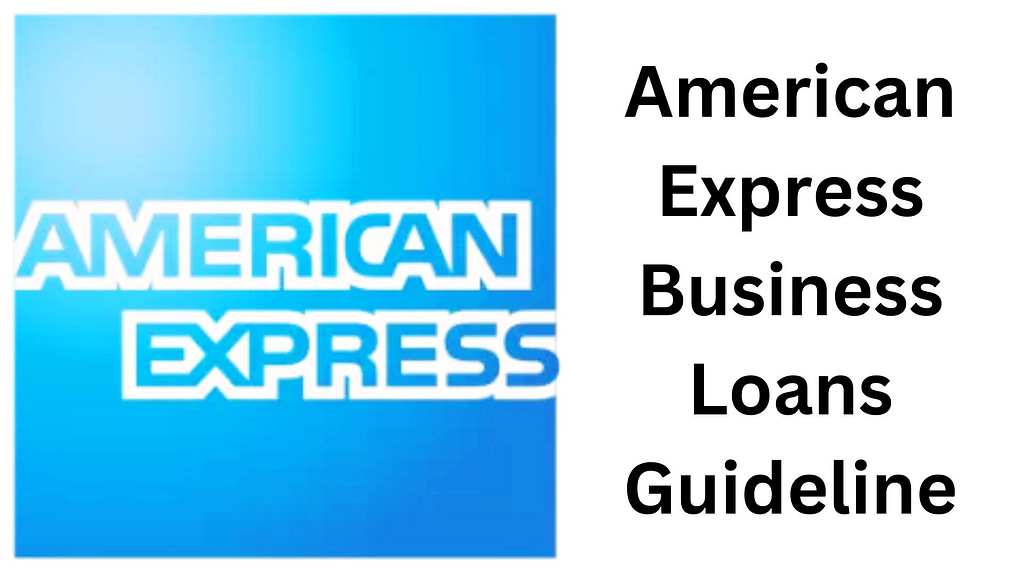A lot of people in today’s world are forced to pay a high price for higher education. To get through school many students have to take out loans. However, it can be difficult trying to sort through all of the information about student loans.
There is so much more than just repayment options and debt management plans, such as understanding what types of loans there are and how they work. This guide is meant to help make sense of this confusing world by giving tips based off personal experiences as well as some general knowledge that should be helpful no matter who you are or where you come from.
Types Of Student Loans
There are two main types when it comes down financing your education; federal or private.
Federal:
Offered by the U.S Department of Education
Have lower interest rates and more flexible repayment options
For undergraduates and graduate students based on financial need
Private:
Offered by banks, credit unions etc…
Interest rates/times depend on lender and borrower creditworthiness
May need a cosigner if the student has limited credit history or income
Understanding these differences between federal versus private loans will allow you to make an educated decision when choosing how best finance your schooling.
Student Loan Interest Rates Explained
Having knowledge about interest rates is crucial because this determines how much money one ends up paying back over time period.
Federal student loan usually have set interest rates by the government which means they do not change while someone is still repaying them but private ones could either be fixed where rate stays same throughout life term or variable meaning it fluctuates with market conditions plus borrowers credit profile too affects whether an individual qualifies for certain types plan among other things such as payment amounts, length etc…
Different Types Of Federal Student Loans And Their Borrowers
Based on your income and family size, IDR plans determine the amount you have to pay every month thus becoming more manageable for those with low income or a lot of debt
Private Student Loans:
Repayment is flexible with private lenders but they do not offer borrower protections and forgiveness programs as federal loans do.
Reach out to your lender so that you can go through different repayment options or talk about financial hardships in making payments.
Student Loan Forgiveness Programs
There are many loan forgiveness programs available if struggling to repay student loans mainly designed for federal borrowers.
Public Service Loan Forgiveness (PSLF):
This is for people working in public service jobs such as government agencies, non-profit organizations, and some healthcare professions among others.
One has to make 120 qualifying payments under an IDR plan while being employed full-time by a qualifying employer.
Teacher Loan Forgiveness:
It is meant for teachers who work in low-income schools or educational service agencies for five consecutive years.
Offers up to $17,500 worth of forgiveness on eligible federal loans.
Managing Student Loan Debt: Tips and Strategies
Proper management of student loan debt requires careful planning and budgeting. Here are some tips that may help during the repayment process:
Create a budget; follow up on your income and expenses so that you can be sure about affording monthly loan payments.
Try other options; If at all it becomes impossible to make payments consider contacting the loan servicer regarding alternative repayment plans or deferment/forbearance options.
Refinancing option should be considered especially if one has got high-interest private loans because this may lower interest rates thereby saving money over time.
Prioritization of high-interest debt should come first when paying off multiple debts since it helps minimize interests incurred from them.
Make good use of employer benefits as far as concerns student loans. Some employers include loan repayment assistance in their packages hence take advantage where possible.
Refinancing Student Loans: Pros and Cons
Student loans refinancing is a process through which existing loans are replaced by new ones usually with better terms and lower rates. While this can save on interest or simplify repayment, it’s important to consider both sides carefully.
Pros of Refinancing:
Interest rates become lower: This is achieved as refinancing will lead to reduced rate thus cutting down costs associated with borrowing.
Repayment process is simplified: Combining several loans into one makes repayments easier since they will be managed under single plan.
Cons of Refinancing:
Federal benefits may be lost if someone decides to refinance their federal debts using private lenders because such protections only apply when dealing with government programs.
Credit requirements have to be met before one qualifies for refinancing at favorable conditions like good credit standing and steady income stream for best rates/terms etc.
Before deciding whether or not to refinance student loans take into account your specific financial position as well as objectives.
Defaulting on Student Loans: Consequences and Solutions
Failure to pay back student debt has grave implications that range from harming credit score, wage garnishment up to legal proceedings. Therefore, it’s crucial to act promptly in order not default.
Consequences of Default:
Negative effect on credit rating: Failure meet loan obligations reflects negatively on personal credit records thus making future borrowings difficult .
Wage garnishment: The government can deduct money directly from someone’s salary so as settle defaulted federal loan arrears thereby reducing disposable income.
Legal action: Creditors may go courts seek redress against defaulters which may result in lawsuits being filed or court judgments entered against them ultimately leading them paying more than what was initially borrowed.
How can I best manage my student loan debt?
In order to be efficient in managing the debt of students, it is necessary to create budgets, explore repayment options, prioritize high-interest debts and utilize employer benefits or loan assistance programs.
Pros and cons of refinancing student loans?
One advantage of refinancing student loans is that they may have lower interest rates. But on the other hand one disadvantage could be loss federal borrower protections and forgiveness programs.
What will happen if you default on your student loan(s) – what are the consequences?
If a person defaults on their student loan(s), this can result in having bad credit history; wage garnishment or even lenders taking legal actions against the defaulter. It also makes future credit applications difficult.
How do student loans affect my credit score – what can I do to minimize this impact?
Paying off your students’ loan within the stipulated time increases the chances of having a good credit record but making late payments or missing them entirely decreases these odds. To minimize this impact ensure payment is made promptly, look into various ways of repaying the loan as well as avoiding defaults.
Conclusion
Student loans are an excellent avenue for higher education financing while at same time posing significant financial burdens upon those who borrow them most. Differentiating between kinds of available credits, paying back methods forgives plans and realizing how such borrowing affects one’s credit score should become fundamental aspects towards effectively managing debts with intent financial independence eventually in life.
By familiarizing yourself with these topics about students’ debts plus options for reimbursement plans alongside debt relief strategies; you will confidently manage complex nature involved around college funding systems thereby setting a brighter economic future ahead.




